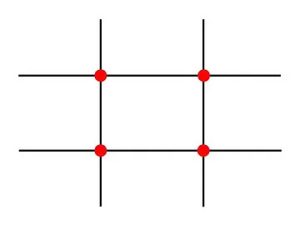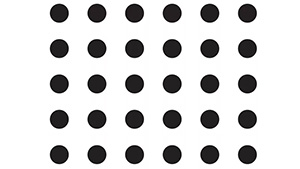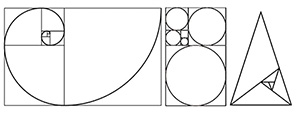Composition methods
As a graphic designer, understanding composition is crucial to creating visually appealing designs. While using grids is a commonly known technique, designers can use several other composition methods to create balance, harmony, and visual interest. In this blog post, we’ll explore other composition methods that designers commonly use, including the rule of thirds, symmetry, asymmetry, the golden ratio, diagonal composition, framing, repetition, contrast, Cropping, and overlapping. By understanding these composition methods, you can create designs that effectively communicate your message while capturing your audience’s attention.
Besides grids, designers commonly use several other composition methods. These methods can be applied to any design project, from websites to print media. Let’s take a closer look at some of them:

Symmetry
Symmetry is a composition method that involves placing elements in a balanced and mirrored way. This can create a sense of harmony and stability in the design and is often used in formal or traditional designs.
Asymmetry
Asymmetry is a composition method that involves placing elements in an unbalanced and non-mirrored way. This can create a sense of movement and dynamism and is often used in more modern or experimental designs.

Image attributions here
Diagonal composition
Diagonal composition involves placing elements along a diagonal line, creating a sense of movement and energy in the design. This method can draw the viewer’s eye through the composition and create a dynamic visual effect.
Framing
Framing is a composition method that involves using an element, such as a border or shape, to frame the main subject of the design. This can draw the viewer’s eye to the issue and create a sense of focus and importance.

Image attributions here
Cropping
Cropping is a composition method that involves partially or fully cropping an element in the design, such as an image or text. This can create a sense of depth and movement in the design and can be used to draw attention to specific elements.
Overlapping
Overlapping is a composition method involving overlapping design elements, such as images or text. This can create a sense of depth and complexity in the design, create visual interest, and emphasize certain features.

Image attributions here
Rule of thirds
The rule of thirds is a composition guideline that divides the design area into thirds, creating a grid of nine equal sections. The main elements of the design are placed at the points where the grid lines intersect or along the lines themselves, creating a visually pleasing and balanced composition.

Golden ratio
The golden ratio is a mathematical ratio often used in art and design to create aesthetically pleasing compositions. It is a proportion of approximately 1.618 and is found in many natural forms and patterns. Elements in the design are arranged according to this ratio to create a balanced and visually appealing composition. (You can read more about golden ratio in this post)

Repetition
Repetition is a composition method that involves repeating an element, such as a shape or pattern, throughout the design. This can create a sense of unity and harmony in the design and can be used to emphasize certain elements.
Contrast
Contrast is a composition method that uses elements different from each other, such as contrasting colors or sizes, to create visual interest and emphasize certain features. This can make sense of hierarchy and guide the viewer’s eye through the composition.

Image attributions here
Using these composition methods, designers can create visually appealing and practical designs that effectively communicate their message. Each method has strengths and can be combined with grids or other techniques to create unique and dynamic designs. Remember to choose the composition method that best fits your design project and the message that you want to communicate.
